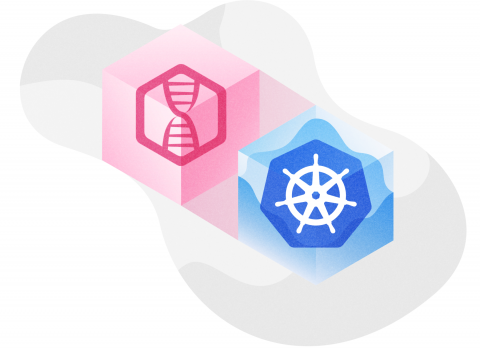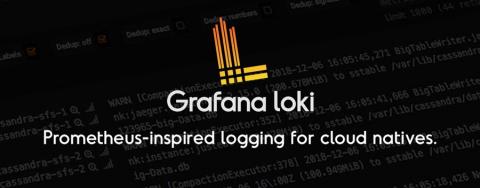How to Analyze Game Data from Killer Queen Using Machine Learning with Sumo Logic Notebooks
This year, at Sumo Logic’s third annual user conference, Illuminate 2018, we presented Sumo Logic Notebooks as a way to do data science within the Sumo Logic platform. Sumo Logic Notebooks integrate Sumo Logic data, data science notebooks and common machine learning frameworks.











